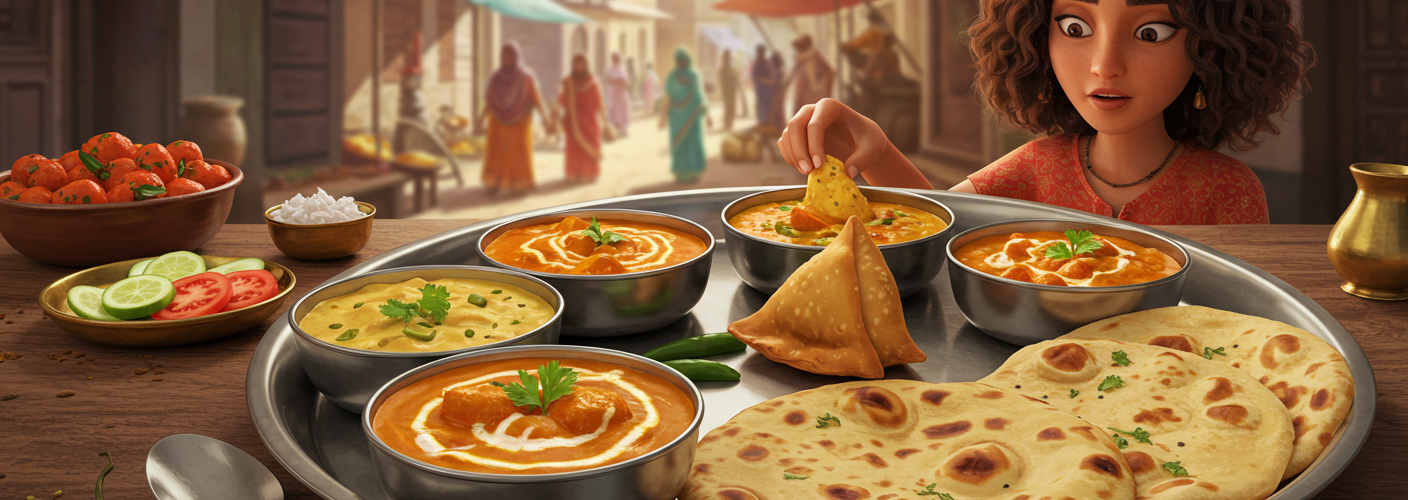India is a country steeped in rich cultural heritage, and its diverse culinary landscape is a testament to this legacy. With a myriad of flavors, ingredients, and cooking techniques, Indian food captivates the taste buds of anyone who encounters it. From the fiery curries of the south to the fragrant biryanis of the north, India’s cuisine is an extensive tapestry woven with history, regional variations, and innovative practices.
At the heart of Indian cooking is the use of a diverse range of spices. Essential to the flavor profiles of Indian dishes, spices like cumin, coriander, turmeric, and cardamom serve not just to please the palate, but also to impart health benefits. Spices are often combined in unique ways to create masalas, which are the backbone of many quintessential Indian recipes. For instance, garam masala, a staple in north Indian cooking, blends flavors that can range from warm and sweet to earthy and pungent.
One cannot discuss Indian food without mentioning staples like rice and bread. While each region has its preferred type, naan and roti in the north pair beautifully with vegetable and meat curries, while the south favors dishes like dosa and idli. These are often accompanied by an array of chutneys and sambar, showcasing the regional diversity in flavors and presentation.
Street food in India is a culinary adventure in itself. From the spicy chaat of Delhi to the crispy vadas of Mumbai, the streets offer a plethora of quick bites that are unrivaled in taste and creativity. Each city has its famous street food, where local vendors serve mouthwatering dishes that reflect the region’s culinary identity. This vibrant street culture not only provides delicious meal options but also fosters community and tradition, making it an integral part of the Indian food experience.
Vegetarianism is a prevalent dietary choice in India, owing to cultural and religious beliefs. As such, the vegetarian spectrum in Indian cuisine is vast and vibrant. Dishes like palak paneer (spinach with cottage cheese), chana masala (chickpeas in a spiced gravy), and various lentil preparations demonstrate how meatless meals can be filling and flavorful. These recipes emphasize the importance of vegetables, legumes, and grain while highlighting the creativity of Indian cooks.
For those who appreciate spice and heat, Indian cuisine is a treasure trove. Dishes are characterized by their bold flavors, often marrying heat with sweetness or tanginess. In the southern regions, spices like green chili and tamarind add a distinct punch, while northern Indian curries often feature cream and yogurt to balance the heat.
Desserts in India provide a sweet conclusion to any meal. Traditional sweets such as gulab jamun (fried dough balls soaked in syrup) and jalebi (deep-fried spirals soaked in sugar syrup) are as delightful to the eye as they are to the palate. Each region has its own specialty, making sweet treats an exploration of different textures and flavors.
In summary, Indian food is a vibrant exploration of culture, tradition, and innovation. Its diverse range of flavors and dishes makes it appealing to a global audience. Whether enjoyed at a fine dining establishment or a humble street vendor, the love and passion behind Indian cuisine are evident in every bite, inviting food lovers to discover and savor the unique culinary delights of India.




Add comment